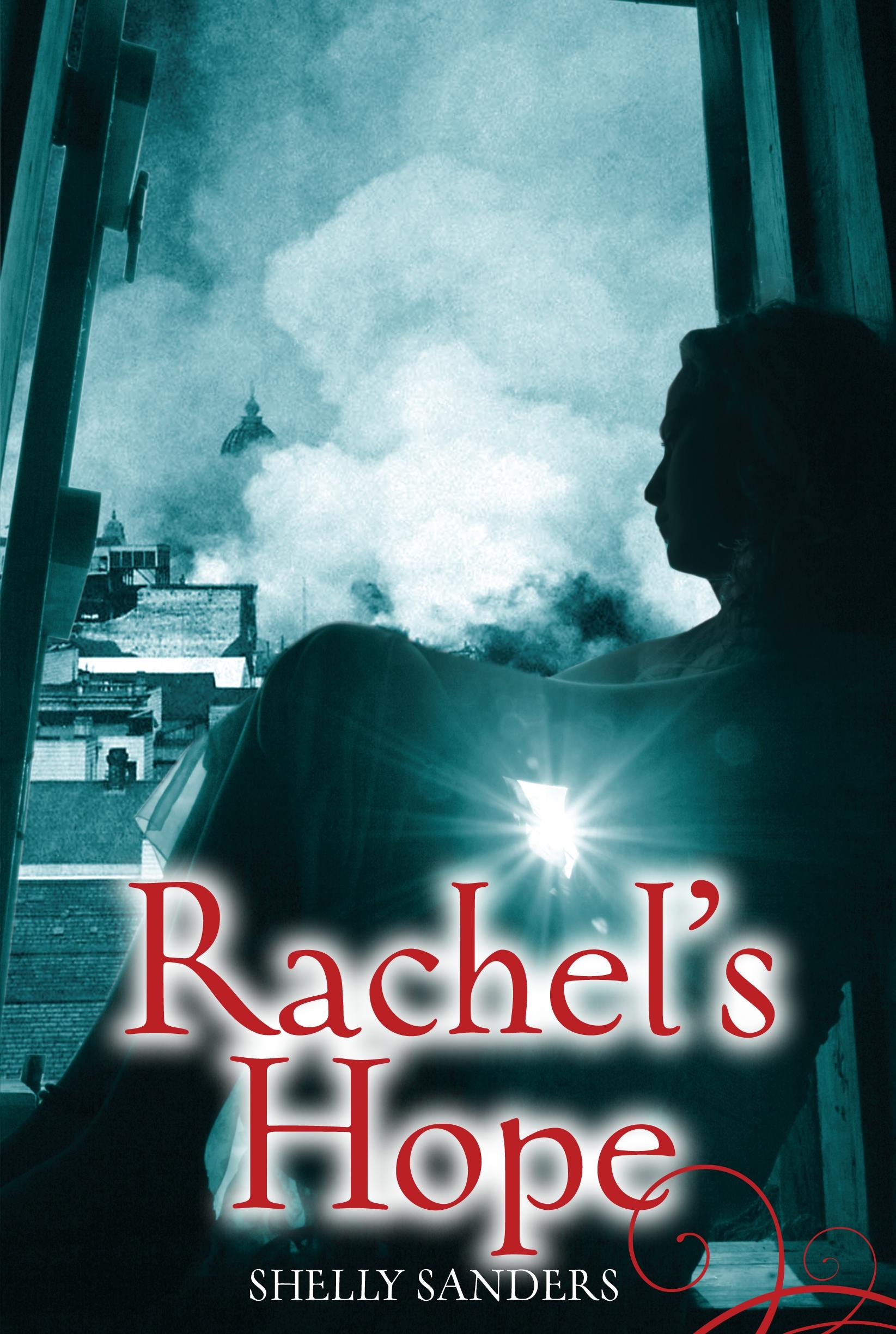| ________________
CM . . .
. Volume XXI Number 4 . . . . September 26, 2014
excerpt:
Rachel’s Hope is the final book in the “Rachel” trilogy. Like the first two books in the series, Rachel’s Secret and Rachel’s Promise, first time novelist Shelly Sanders delivers an exciting plot, an ambitious historical context, and engaging, complex characters. This novel finds our heroine and what remains of her family struggling to eke out an existence in San Francisco. As in Shanghai, the only work these new immigrants are able to find is hard, menial and soul-destroying. But unlike Shanghai, and especially unlike the tiny Russian shtetl from which Rachel and her family fled following a pogram, life here in America holds out hope, even for Jews. The American dream is a reality and just might be attainable for those with a strong work ethic and plenty of courage and ambition. Rachel is enthralled and inspired. Finally her dreams and ambitions can take root. But first she must learn English. Meanwhile Sergi’s deadly activities on behalf of workers’ rights in Tsarist Russia have forced him to flee St. Petersburg for Moscow. He is a wanted man. Sergi is tormented by guilt for his involvement in the assassination of a high ranking official and by the suffering of Russia’s people that seems to call out to him for action. With no plan but eluding the Tsar’s police, his only choice is to accept refuge with the revolutionaries and resume his revolutionary activities. As time, geography, and wildly different life experiences keep Rachel and Sergi apart, the childhood friends continue to write to each other and muse about the ever fainter hope of reuniting. Sanders’ meticulous research recreates the exciting, diverse worlds of these two characters. Rich details - the modern American fashions Rachel longs for, Menahem changing his name to “Marty” to fit in better, an attack by a giant sturgeon found only in Siberia - all contribute to a strong sense of time and place. Sanders places her characters in the same room with important historical figures like Maxim Gorky and Emma Goldman. Her characters have front row seats on extraordinary events - the women’s suffrage movement, the San Francisco Earthquake, and an escape from a Siberian gulag. Sanders has her finger on the zeitgeist of this era. She puts readers inside the head of a young and scared Russian revolutionary who starves for both bread and freedom. Through dialogue and character exposition, readers understand the complexities of the women’s suffrage movement. Her characters discuss and explore issues fundamental to all immigrants, but with a focus on the Jewish experience - are we safe? whom do we trust? can I be a Jew and an American? These are questions Sergi would love to have the opportunity to answer. Tragically, as a young labourer in pre-revolution Russia, his entire life has been obligation and labour. Sergi’s pain and despair is palpable as he endures unspeakable abuse and hardship. Sanders handles this extreme material with honesty and sensitivity. Young readers will be exposed to truths without being bombarded by graphic detail. While still very challenging, Rachel’s life has been much different. Over the course of the novel, Rachel becomes more American. Her English improves, she makes new friends and she cuts off her old-world, waist-long hair into a short, modern bob. Slowly, she begins to reap the benefits of her courage, ambition and passion for life. She has worked hard to become a journalist while maintaining her independence and the values she has carried with her from her homeland. In these ways, she is a genuine heroine. Set in an era of great upheaval, social change and of such extreme significance for students today, this novel, this trilogy, is an ideal basis for inquiry based learning. Students will inevitably want to know more about the events and characters that form the backdrop of the “Rachel” trilogy. Highly Recommended. Charlotte Duggan is a teacher-librarian in Winnipeg, MB.
To comment on this title or this review, send mail to cm@umanitoba.ca.
Copyright © the Manitoba Library Association. Reproduction for personal use is permitted only if this copyright notice is maintained. Any
other reproduction is prohibited without permission.
CM Home | Next Review | Table of Contents for This Issue - September 26, 2014 | Back Issues | Search | CM Archive | Profiles Archive |
